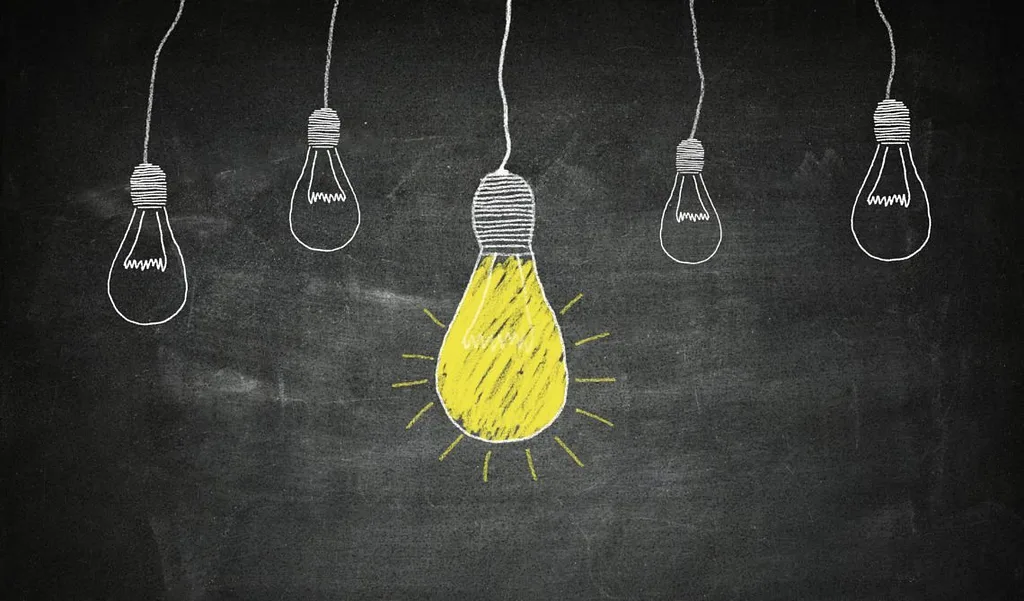
If you’ve come up with a new and innovative idea, you’re probably excited to get it patented as soon as possible. However, before you rush to file a patent application, it’s important to take some steps to protect your idea. One such step is to prepare an invention disclosure.
Why is Invention Disclosure Important?
There are several reasons why an invention disclosure is important. First, it can help you establish your priority date. This is important because the US patent system operates on a first-to-file basis. This means that the first person to file a patent application for a particular invention is generally entitled to the patent, regardless of who came up with the idea first. By preparing a disclosure with the help of a patent attorney or a company like InventHelp, you can establish your priority date and potentially prevent someone else from filing a patent application for the same discovery before you do.
Second, a disclosure can help you organize your thoughts and ideas. By putting everything down on paper, you can see your discovery from a different perspective and identify any weaknesses or areas that need improvement.
Finally, it can be used as evidence in the event of a dispute over patent ownership or validity. If someone else claims that they came up with the same idea before you did, your invention disclosure can be used to demonstrate that you had already conceived of the idea and that you were working on it before they were.
How to Prepare an Invention Disclosure

Now that you understand the importance of invention disclosure, let’s discuss how to prepare one. Here are some tips to help you prepare a strong disclosure:
- Be thorough: Your invention disclosure should be as detailed and comprehensive as possible. Include information such as how your product works, what problems it solves, and what makes it unique. You should also include any sketches, diagrams, or other visual aids that can help illustrate your creation.
- Be clear: It should be written in clear and concise language. Avoid using technical jargon or complex language that could be confusing to someone who is not familiar with your field.
- Be organized: Start with a brief summary of your product, followed by a detailed description of how it works and what problems it solves. You should also include any supporting data or test results that you have.
- Be honest: Don’t exaggerate or make false claims about your creation. If there are any limitations or potential drawbacks to your invention, be upfront about them.

Conclusion
Preparing an invention disclosure is an important step in protecting your idea before filing for a patent. It can help establish your priority date, organize your thoughts and ideas, and provide evidence in the event of a dispute over patent ownership or validity. By following the tips we’ve provided, you can prepare a strong and comprehensive disclosure that will help protect your idea and increase your chances of obtaining a patent.








